Palacký Bridge
Architect: Bedřich Münzberger, Josef Reiter
Year of completion: 1878
The first of the modern arch bridges was named after František Palacký, the founder of modern historiography and the “father of the nation”. His patriotism is expressed in the bridge’s design through the use of materials in the colors of the national flag – blue granite, red and yellow sandstone, and white marble. The tops of the bridge arches are adorned with symbols of Czech cities located on the Vltava and Labe rivers. The bridge was created as a new connection between the banks of the Vltava River and served not only for transportation but also for supplying Nové Město with coal from Smíchov Station. During World War II, Prague residents had to get used to the name “W. A. Mozart Bridge”. From 1897, sculptures depicting mythical figures from Czech history by Josef Václav Myslbek were placed on both bridgeheads, but they were damaged during the Allied bombings in February 1945. Copies of these sculptures, along with the original Smíchov sculptures, can now be found in the gardens at Vyšehrad.


TeTa Passage
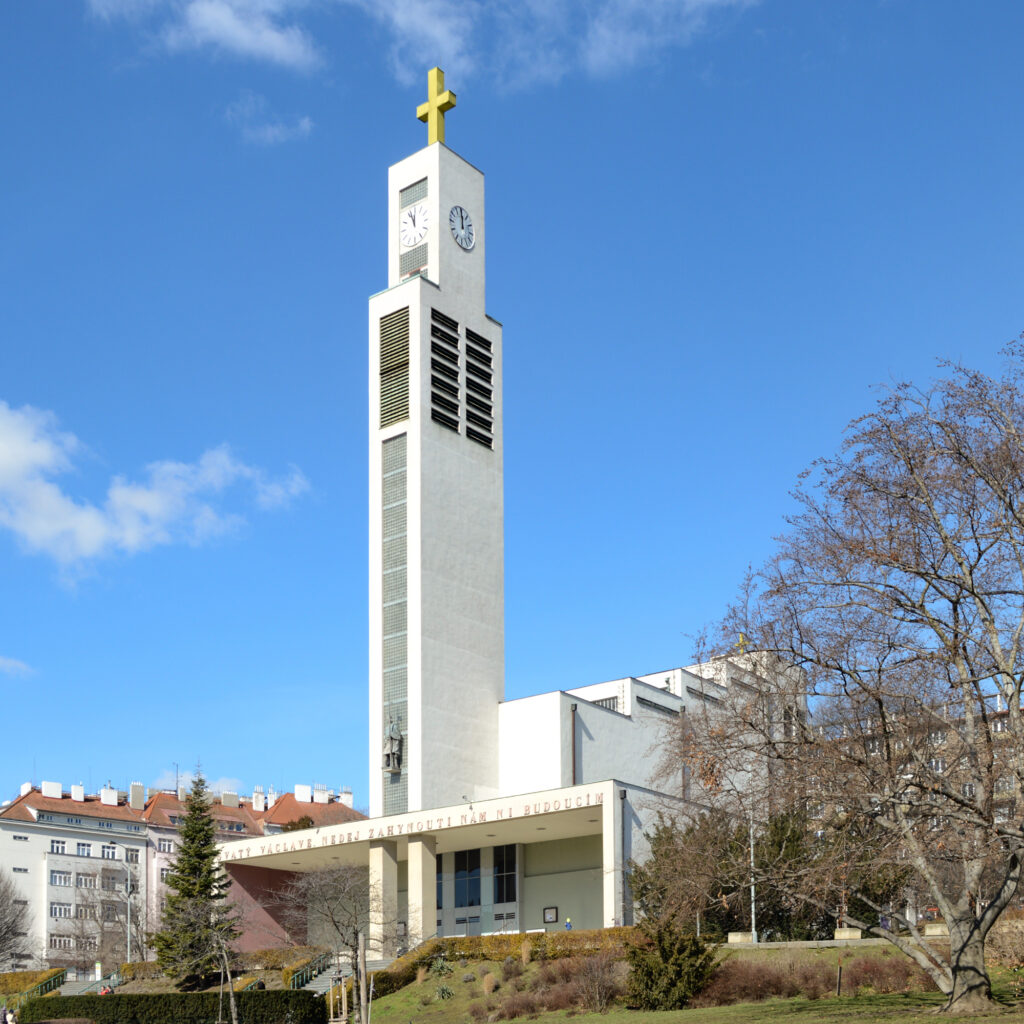
St. Wenceslas church in Vršovice

The department store Bílá labuť
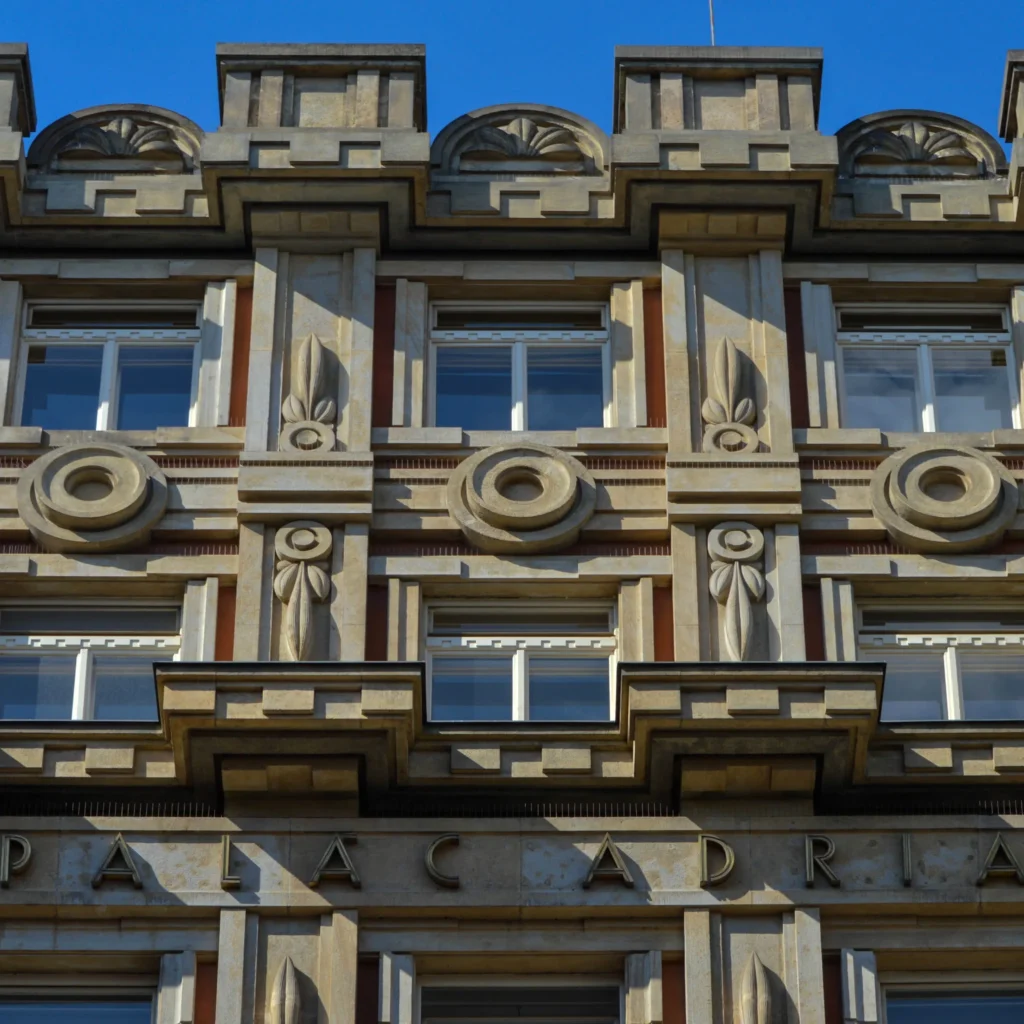
Riunione Adriatica di Sicurtà Insurance / Adria Palace
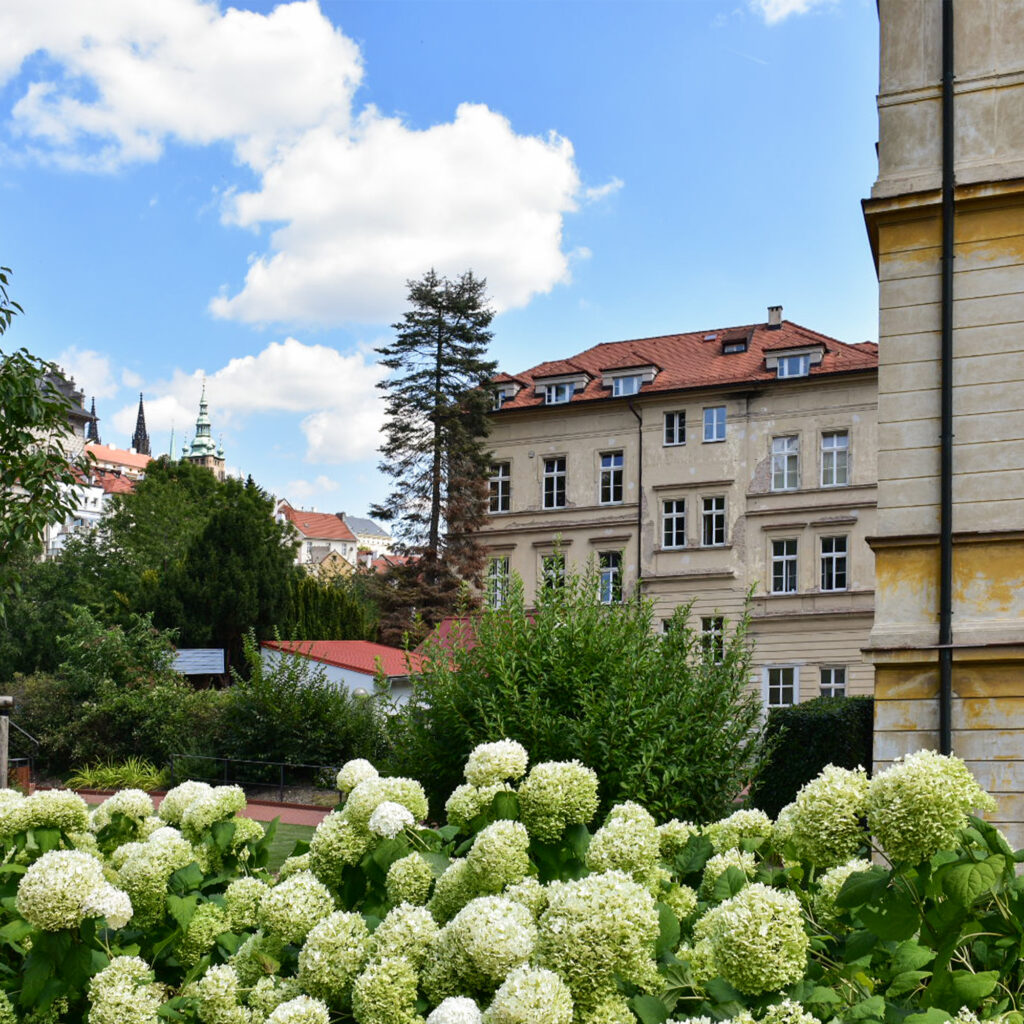
St. Joseph’s Therapeutic Garden

Gardens under Prague Castle
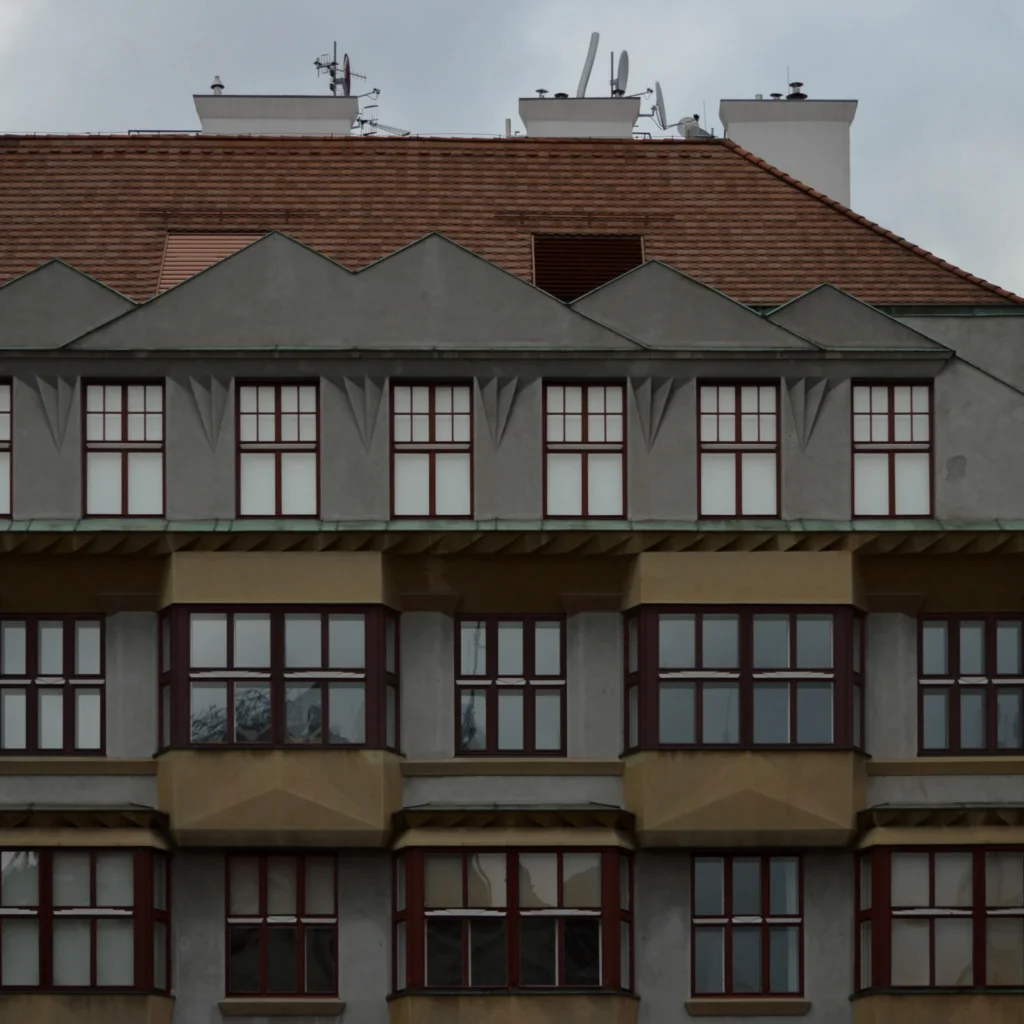
Teachers’ Houses at Old Town
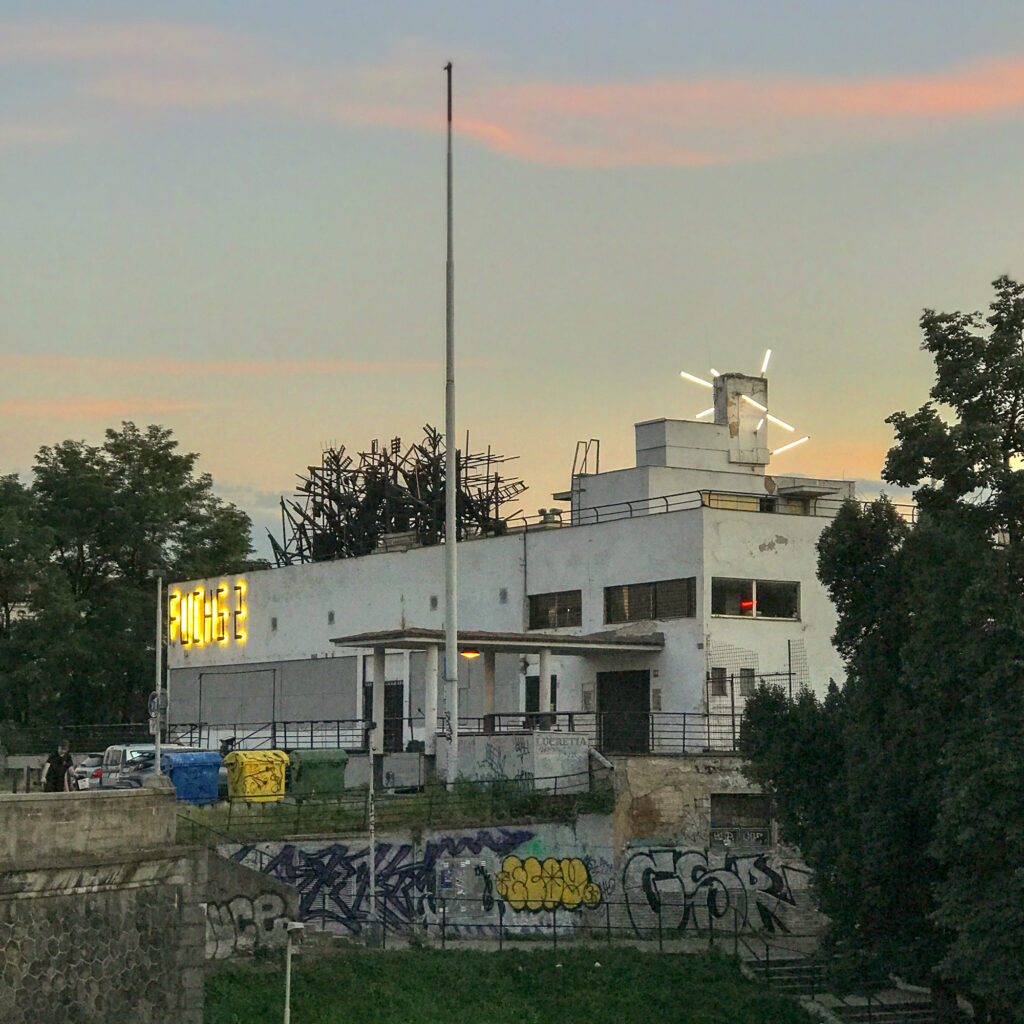
Fuchs2 Club

Radiopalace
